前言
在Web应用开发中,经常需要实现PDF文件的加载和显示功能。本文小编将为您介绍如何在ASP.NET Core中实现这一功能,以便用户可以在Web应用中查看和浏览PDF文件。
实现步骤
1)在服务器端创建PDF
- 打开 Visual Studio 并创建新的 ASP. NET Core Web 应用程序,小编这里项目名称为CreatePDF。

- 选择 .NET Core 6.0 作为项目的目标框架。
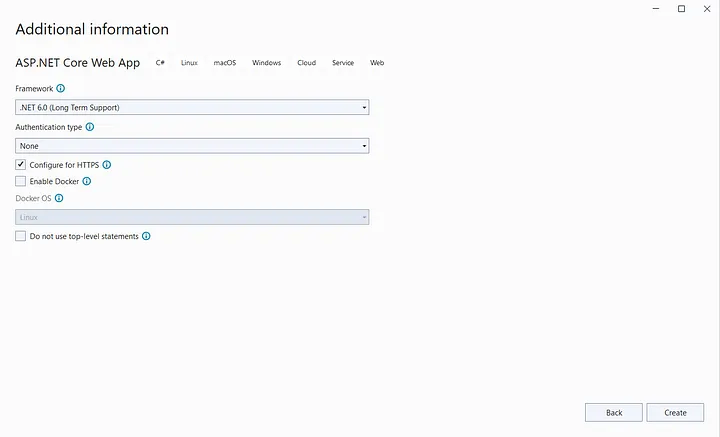
- 安装依赖包:在“Solution Explorer中右键单击该项目,然后选择“Manage NuGet Packages”。在右上角的“Package source”中,进行选择。单击左上角的“Browse ”选项卡并搜索“GrapeCity.Documents”,从左侧面板中选择 GrapeCity.Documents.Pdf,最后通过单击右侧面板中的“install”按钮进行安装。
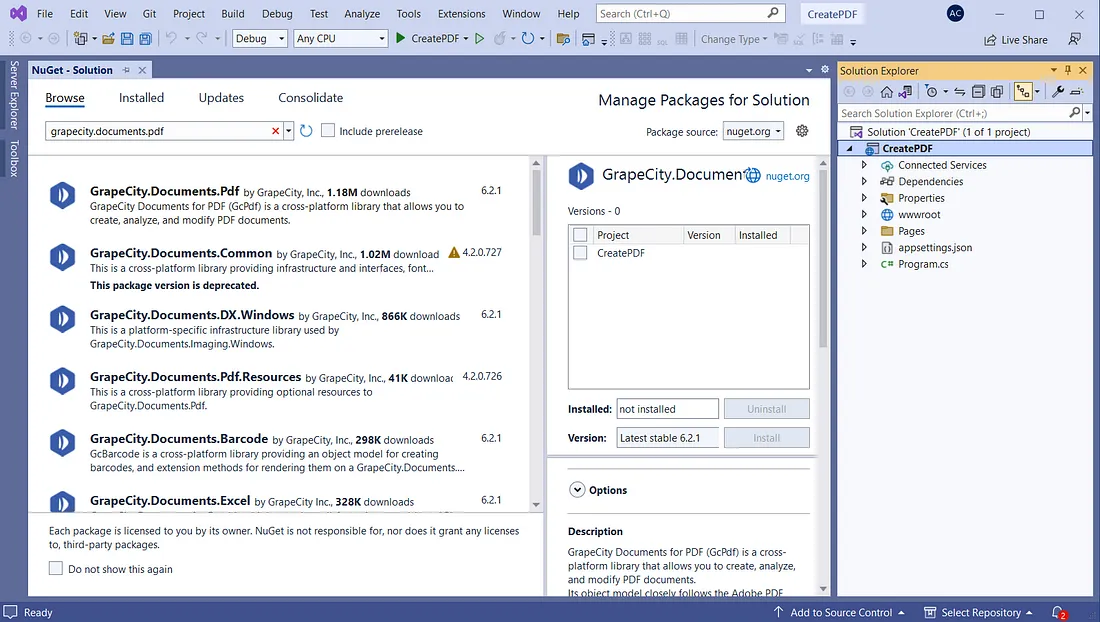
- 打开项目文件夹中“Pages”文件夹下的“ Index.cshtml.cs ”页面。并在此文件中定义服务器端代码以生成 PDF 文件,代码如下所示:
//Define Environment variable to access web root folder
private IWebHostEnvironment Environment;
public IndexModel(ILogger logger, IWebHostEnvironment _environment)
{
_logger = logger;
Environment = _environment;
CreatePDF();
}
- 接下来,对第4步的 CreatePDF()方法进行详细地编写:
public void CreatePDF()
{
const int FontSize = 12;
//Define an instance of GcPdfDocument
var doc = new GcPdfDocument();
//Add a new page
var page = doc.Pages.Add();
var g = page.Graphics;
//Initialize TextLayout to render text
var tl = g.CreateTextLayout();
//Add an image to PDF document
var img = Image.FromFile(Path.Combine("Resources", "ImagesBis", "2020-website-gcdocs-headers_tall.png"));
var rc = page.Bounds;
rc.Height *= 0.65f;
g.DrawImage(img, rc, null, ImageAlign.StretchImage);
//Define text format settings
var ip = new PointF(48, 72);
var font = Font.FromFile(Path.Combine("Resources", "Fonts", "OpenSans-Regular.ttf"));
var tfCap = new TextFormat() { Font = font, FontSize = FontSize * 1.6f, ForeColor = Color.White };
var tf = new TextFormat() { Font = font, FontSize = FontSize, ForeColor = Color.White };
tl.MaxWidth = 72 * 5;
// Add Header:
tl.AppendLine("Fast, Efficient Document APIs for .NET 5 and Java Applications", tfCap);
tl.AppendLine(tfCap);
tl.AppendLine("Take total control of your documents with ultra-fast, low-footprint APIs for enterprise apps.", tf);
tl.AppendLine(tf);
g.DrawTextLayout(tl, ip);
// Add Bullet list:
ip.Y += tl.ContentHeight;
tl.Clear();
const string bullet = "x2022x2003";
tl.FirstLineIndent = -g.MeasureString(bullet, tf).Width;
tl.ParagraphSpacing += 4;
tl.Append(bullet, tf);
tl.AppendLine("Generate, load, edit, save XLSX spreadsheets, PDF, Images, and DOCX files using C# .NET, VB.NET, or Java", tf);
tl.Append(bullet, tf);
tl.AppendLine("View, edit, print, fill and submit documents in JavaScript PDF Viewer and PDF Editor.", tf);
tl.Append(bullet, tf);
tl.AppendLine("Compatible on Windows, macOS, and Linux", tf);
tl.Append(bullet, tf);
tl.AppendLine("N服务器托管网o dependencies on Excel, Word, or Acrobat", tf);
tl.Append(bullet, tf);
tl.AppendLine("Deploy to a variety of cloud-based services, including Azure, AWS, and AWS Lambda", tf);
tl.Append(bullet, tf);
tl.AppendLine("Product available individually or as a bundle", tf);
//Render text
g.DrawTextLayout(tl, ip);
//Save the document to web root folder
doc.Save(Path.Combine(Environment.WebRootPath, "sample.pdf"));
}
实现效果如下所示(用Adobe打开):
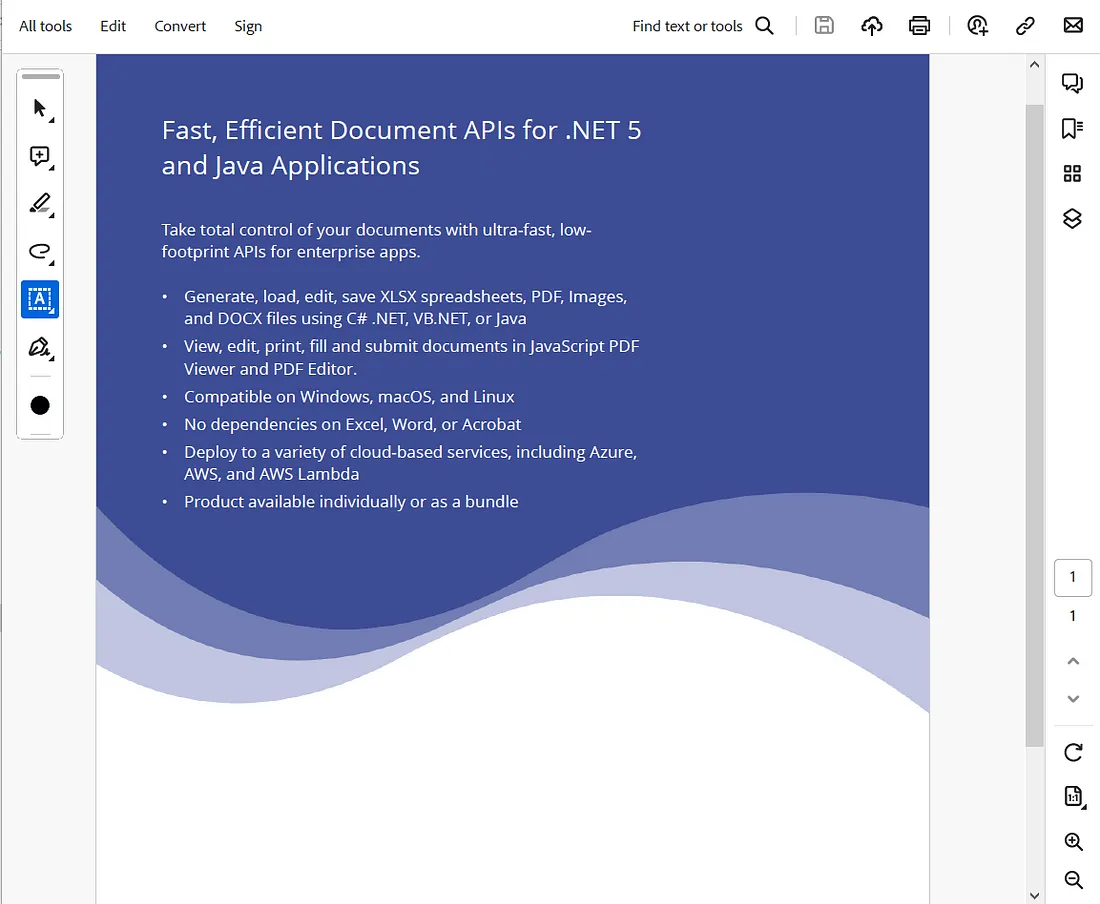
2)加载和查看PDF
在实现步骤1)中,小编实现了如何新建一个PDF的过程,但是新建的PDF需要在Adobe中打开,那么有没有一种可以直接在浏览器中编辑和修改PDF的编辑器呢?答案是肯定的。接下来小编就将继续为大家介绍一下如何使用JavaScript实现一个加载和修改PDF的编辑器的步骤:
- 打开 Visual Studio 的“Package Manager Console”,选择“Tools”→“NuGet Package Manager”→“Package Manager Console”,然后输入以下指令:
npm install @grapecity/gcpdfviewer

- 在Index.cshtml 文件中添加以下代码:
window.onload = function () {
服务器托管网 var viewer = new GcPdfViewer("#root", { /* Specify options here */ }
);
viewer.addDefaultPanels();
viewer.open("sample.pdf");
}
- 实现效果:
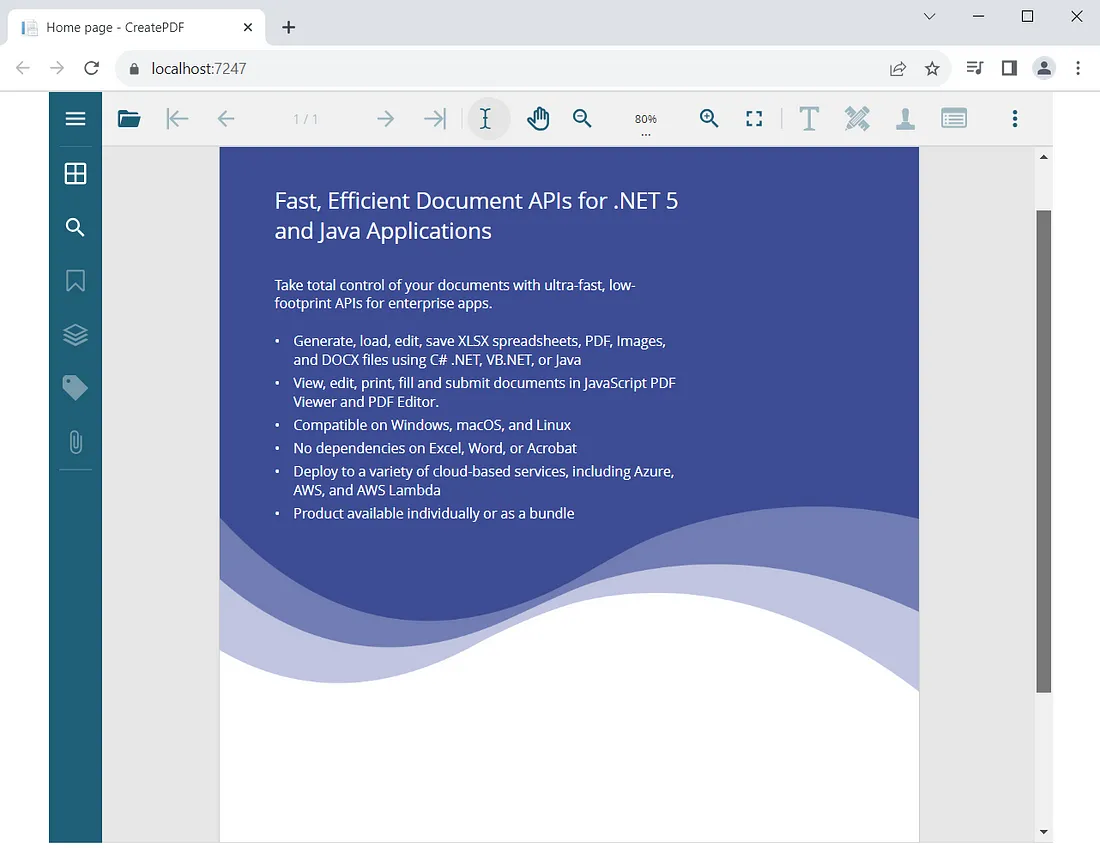
- 使用注释编辑器添加注释
在第3步实现的PDF编辑器中提供了一个注释编辑器功能,用于在文档中添加或删除不同类型的注释,例如文本注释,圆圈注释,图章注释,编辑注释等。下面的GIF就是一个圆圈注释的例子:
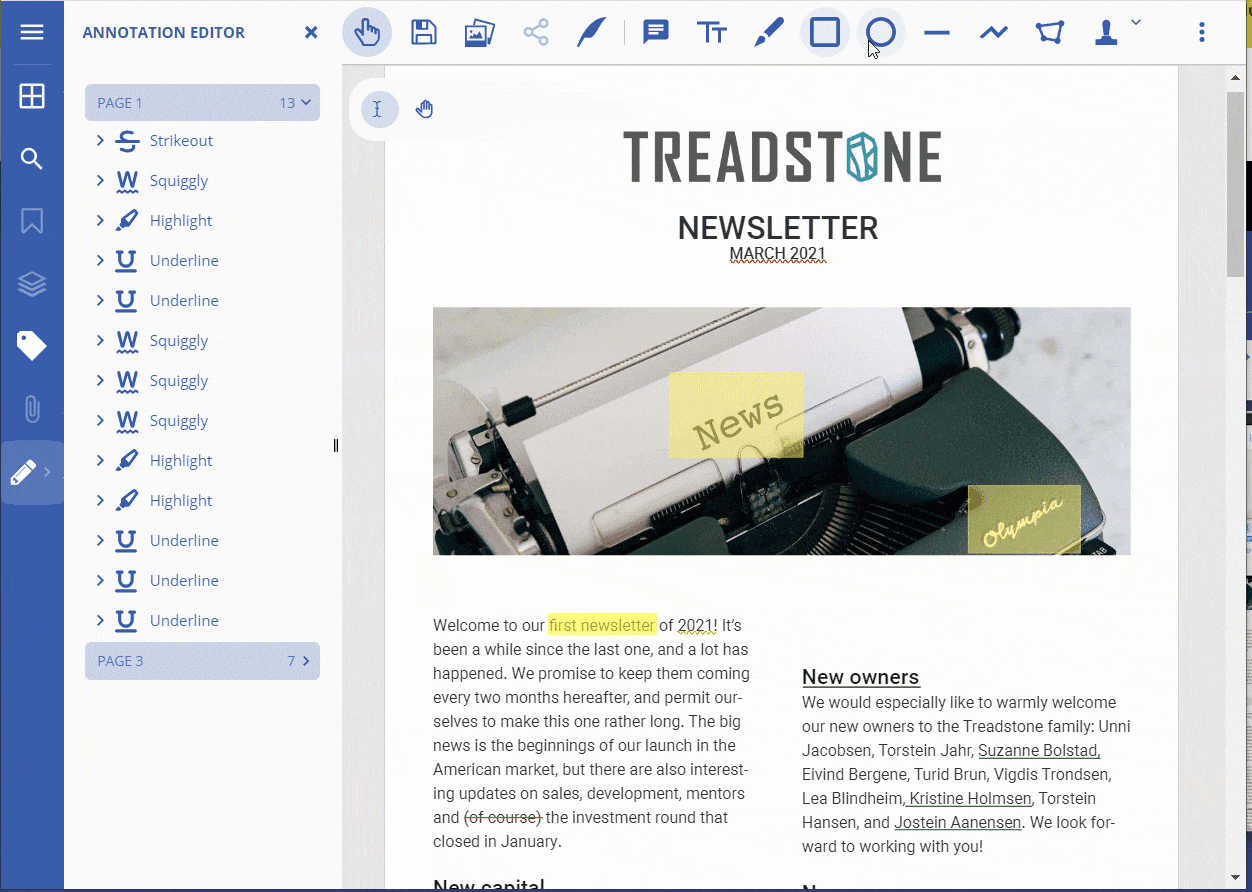
总结
上文小编总结了如何在服务器端创建 PDF 文件并在客户端加载和编辑它。如果您想了解更多的资料,欢迎参考这篇技术文档。
扩展链接:
Redis从入门到实践
一节课带你搞懂数据库事务!
Chrome开发者工具使用教程
从表单驱动到模型驱动,解读低代码开发平台的发展趋势
低代码开发平台是什么?
基于分支的版本管理,帮助低代码从项目交付走向定制化产品开发
服务器托管,北京服务器托管,服务器租用 http://www.fwqtg.net
机房租用,北京机房租用,IDC机房托管, http://www.fwqtg.net
相关推荐: 我们这一代人的机会是什么?
一、过去二十年
二、今天现状
三、我们这一代人的机会大家好,我是苍何,今天作为专业嘉宾参观了 2023 年中国国际智能产业博览会(智博会),是一场以「智汇八方,博采众长」为主题的汇聚全球智能技术和产业创新的盛会,感触颇深,随着中国商业大模型的落地,各大模型百花齐放,落地深耕各大行业细分 toB 领域,结合物联网…

